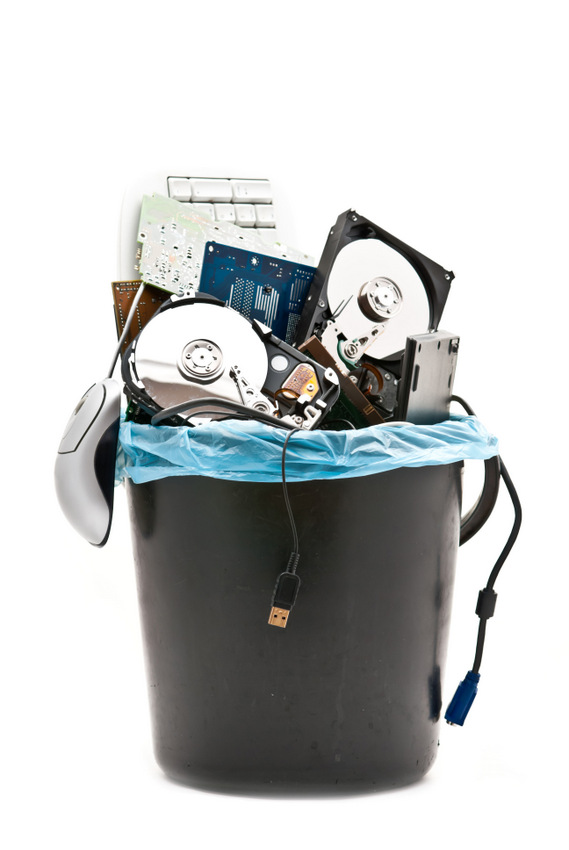Where in the Era?
Are we post, past or plus-PC?
Era of Personal Computing, PC-plus Era or even Post-PC Era – Where are we? What stage in the evolution of technology have we entered, which have we exited? What marked the transition? In 2006 HP launched a new campaign called The Computer is Personal Again, putting more emphasis on empowering users and enterprises and paying […]

